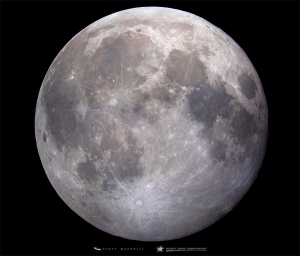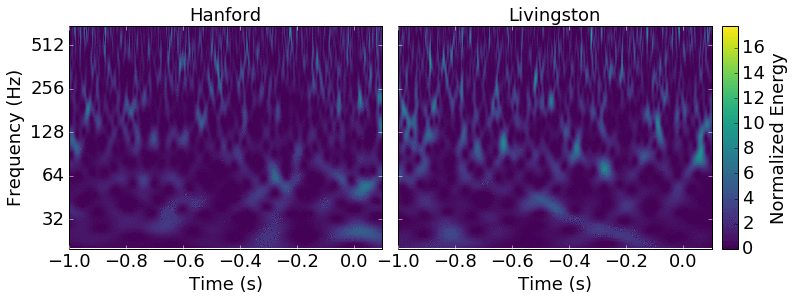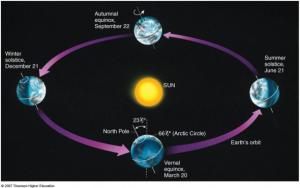
Summer Stargazing Nights
- Where:
- Frosty Drew Observatory
- When:
- Friday June 17, 2016 at 7:30 p.m.
- Cost:
- $1 Suggested Donation per Person
Tonight is Stargazing Night at Frosty Drew Observatory and it looks like we are in for a great night! Forecasts are calling for mostly clear skies with light winds. This will make for excellent sky watching conditions. The only downer is the bright 93% waxing gibbous Moon, which will stay with us all night long significantly outshining nebulae, star clusters and other deep sky objects. Though Jupiter, Saturn and Mars will rock your socks tonight as well as a handful of binary stars and of course, the Moon. Certainly a fine night to welcome the coming of summer!
We will open the Observatory, Sky Theatre and Nature Center at 7:30 p.m. In the Observatory telescopes will start out with sunset views of Jupiter and the four Galilean Moons with a bonus. Ganymede, Jupiter's largest moon, will be in an eclipse position with its shadow visible on Jupiter's atmosphere. Once the Sun sets, telescopes will feature fabulous views of Saturn's rings, Mars, and more. The Lunar Lounge will present a live projected view of the near full Moon and the Sky Theatre will showcase a collection of celestial objects photographed at Frosty Drew Observatory. The Nature Center will remain open until 10:00 with Frosty Drew Naturalists on hand to introduce visitors to the brighter side of Frosty Drew. The Observatory will close no earlier than 11:30 p.m.
Though tonight's bright, nearly full Moon will wash out the Milky Way and other dim objects along the starscape, we will have clear skies, three planets, and bright views of the Moon. If super dark skies is your digs, then tonight will be one to skip; though if you're hot for the Moon, Saturn, Jupiter and Mars - then this is the night to be out. So grab your telescope, binoculars or just your enthusiastic self and set out for a night under the stars to welcome the start of summer and all things awesome with us astro-geeks at Frosty Drew tonight!
-------------------------------------------------------------------------
Weekly Happenings
Scott MacNeill
On Monday, June 20th at 6:34 p.m. EDT, Earth will reach the point in its yearly orbit where the Northern Hemisphere is at maximum tilt, 23.4° towards the Sun. This is the Summer Solstice and marks the first day of summer in the Northern Hemisphere. Visibly, the Sun will cross the sky at 23.4° above the celestial equator in the northern hemisphere sky and 23.4° below in the southern hemisphere. Additionally, the Sun will appear directly overhead (zenith) at noon on the Tropic of Cancer and locations north of the Arctic Circle will experience 24 hours of sunlight with locations south of the Antarctic Circle experiencing 24 hours of night broken only by a brief period of twilight.
The 2016 Summer Solstice will bring another event, the Full Strawberry Moon, which occurs at 7:02 a.m. EDT on the 20th. The June full Moon is also commonly referred to as the “Honey Moon” because it is the closest full Moon to the Summer Solstice. Since the Moon orbits Earth inclined 5° to the Ecliptic (the path the Sun takes across the Sky), the Moon will cross the sky at nearly the same altitude that the Sun will at the opposite time of the year. On the Summer Solstice the Sun will cross the sky 23.4° above Earth's equator, and the Moon will cross the sky at about 19° below Earth's equator, when viewed over the Northern Hemisphere. This will place the Moon rather low in our nighttime sky where increased density in Earth's atmosphere will cause the Moon to appear a bit more yellow than usual.
All that aside, the Summer Solstice brings late summer sunsets, beach days, no school, fireworks, BBQ, and loads of heat loving excess. As well as many awesome celestial features and events like the summertime Milky Way, the Summer Triangle, the awesome Perseid Meteor Shower and late nights chasing the Milky Way with our telescope as we get lost in the Sagittarius Star Cloud, the Swan Nebula, the Lagoon Nebula, and the amazing views the galaxy offers to summertime sky watchers. Happy Summer Solstice!

Earlier this week, the Laser Interferometer Gravitational-Wave Observatory (LIGO) announced the detection of another gravitational wave! Arriving on December 26, 2015 at 10:38 p.m. EDT, the gravitational wave signal was observed by the LIGO detectors in Hanford, WA and Livingston, LA simultaneously. Gravitational waves are ripples in space time that travel outward at the speed of light and originate from massive objects accelerating along space time. The event that emit the December 26th gravitational wave was a binary black hole merger. Two black holes orbiting and accelerating towards each other eventually merged into one larger black hole. In this case, both black holes had a mass of 14 and 8 solar masses (1 solar mass = the mass of the Sun). After the merger the resulting black hole is equal to 21 solar masses and resides about 1.4 billion light years distant. About 1 solar mass is converted into gravitational wave energy during the inspiral and merger. Gravitational waves carry information about their origins and give us another tool to observe and study the Universe. Read about LIGO, gravitational waves and their detection then catch up on the latest detection.
-Scott

